Case SR220, SR250, SV250, SV300 SkidSteer Service Manual (Tier 4A)
$37.00
Included Manuals: Comprehensive service manuals with 2091 and 2061 pages.
Specifications
Brand: Case
Models: SR220 (PIN: NDM457559 and above) (Tier 4A), SR250 (PIN: NCM442784 and above) (Tier 4A), SV250 (PIN: NDM460776 and above) (Tier 4A), SV300 (PIN: NCM445399 and above) (Tier 4A)
Type: SkidSteer
Manual Type: Service Manual
Publication Numbers: 47540695 (April 2014), 47674604
Language: English
Format: PDF
Brake Control Solenoids – Overview
Product Overview
Solenoids are crucial components that function similarly to relays, with the key difference being their movable iron core. This movement is essential in various applications, such as a starting system where it channels substantial current to the starter motor. The solenoid is comprised of a coil wound around an iron core, within which a plunger moves freely. When electrical current flows through the coil, it generates an electromagnetic force that propels the plunger. Once the current ceases, a spring returns the plunger to its initial position.
Key Features
- Movable Iron Core: Allows for precise control, unlike fixed relay systems.
- Electromagnetic Force: Provides reliable motion control essential for mechanical and hydraulic applications.
- Spring Return Mechanism: Ensures the plunger returns to its original position when not energized.
Benefits
- Versatility: Solenoids are used in diverse functions, including moving hydraulic spools and mechanical levers.
- Reliable Operation: Robust design minimizes failure, providing consistent performance.
- Energy Efficiency: Only consumes power during operation, thanks to its on-demand actuation system.
Common Faults
- Short Circuit Winding: Occurs when current bypasses the winding, causing a fuse blowout.
- Broken Winding: Results in an open circuit, preventing solenoid operation.
- Seized Plunger: If the plunger or connected components are stuck, the solenoid cannot function properly.
Usage Recommendations
- Ensure all components linked to the solenoid are free-moving to guarantee optimal performance.
- Regularly inspect windings for signs of damage to prevent shorts and open circuits.
- Utilize in systems that require precise control of mechanical and hydraulic movements.
Only logged in customers who have purchased this product may leave a review.

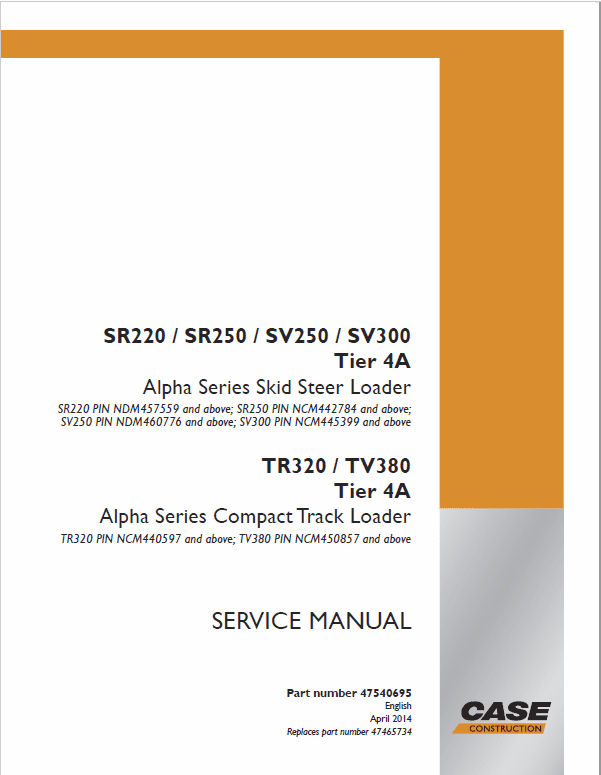
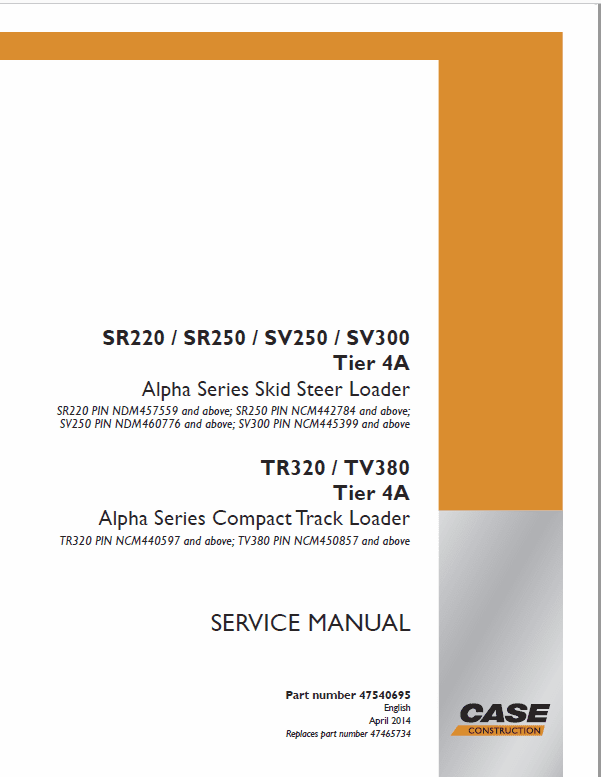
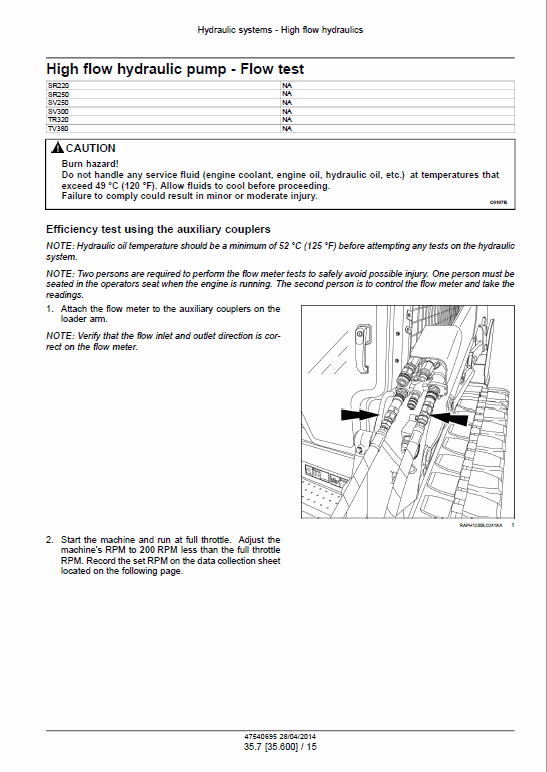
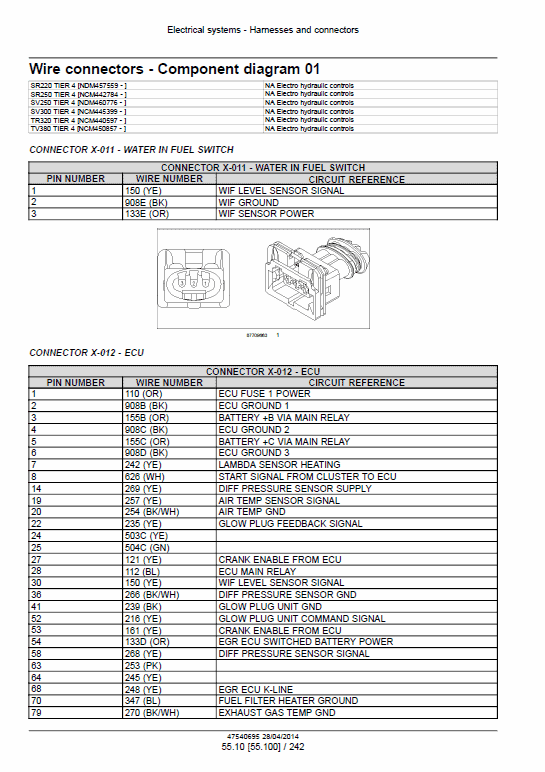
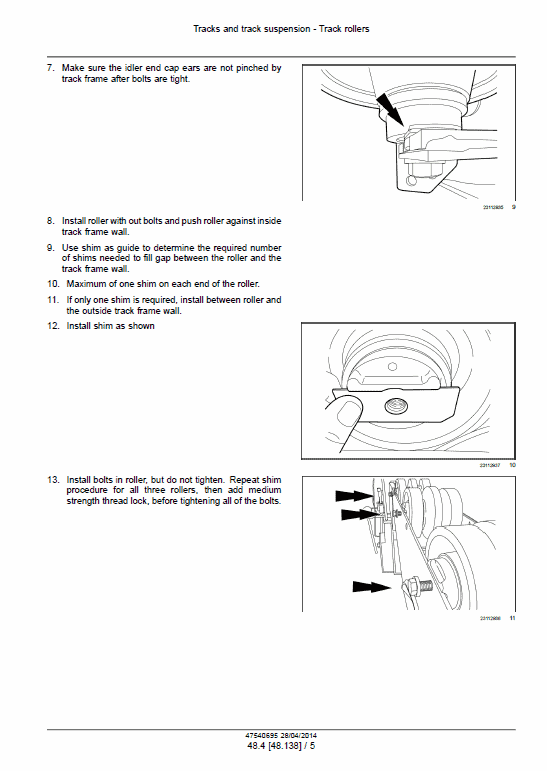
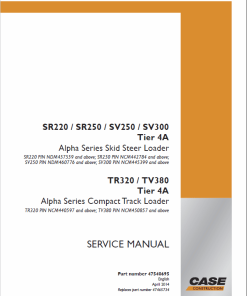
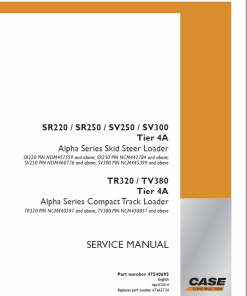
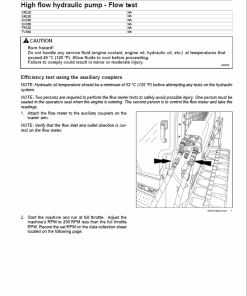
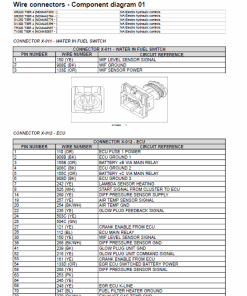
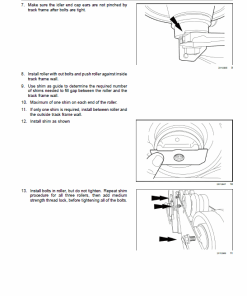

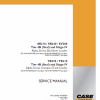
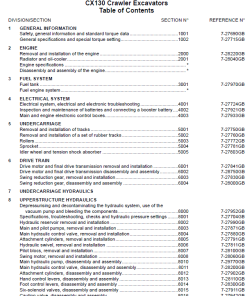
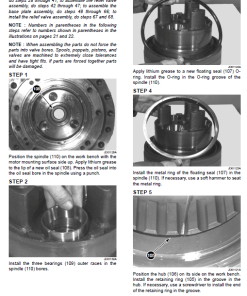
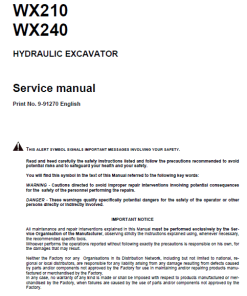
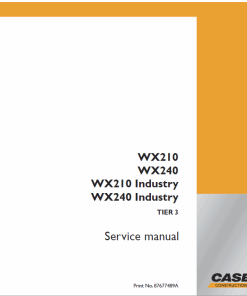
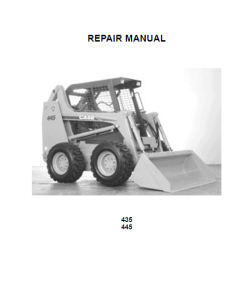
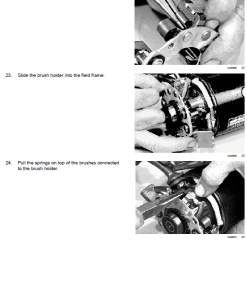


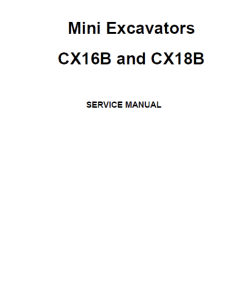
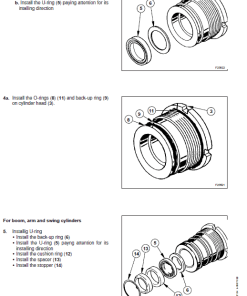
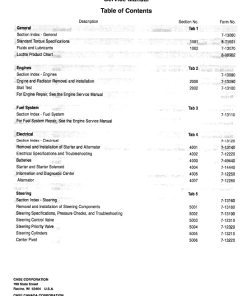
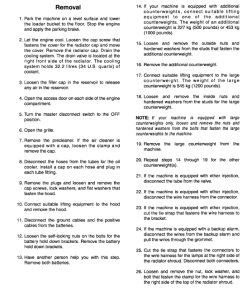
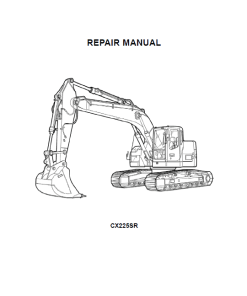
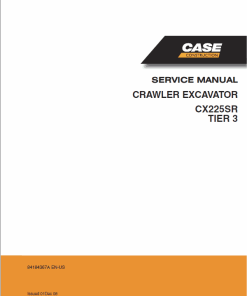

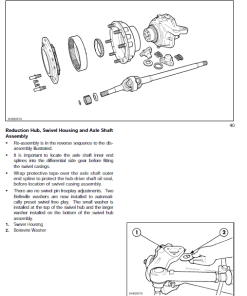
Reviews
There are no reviews yet.